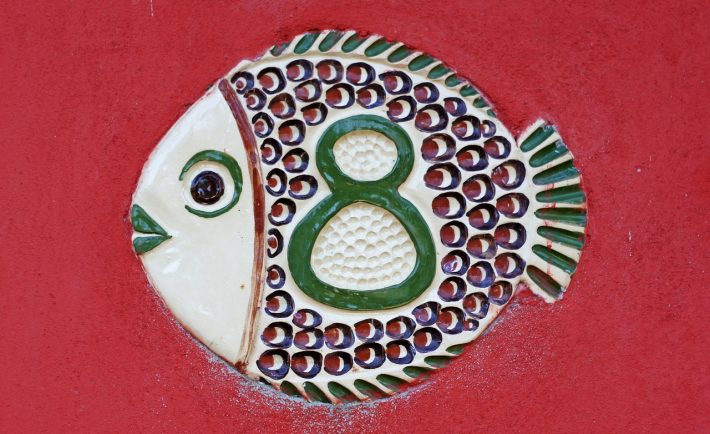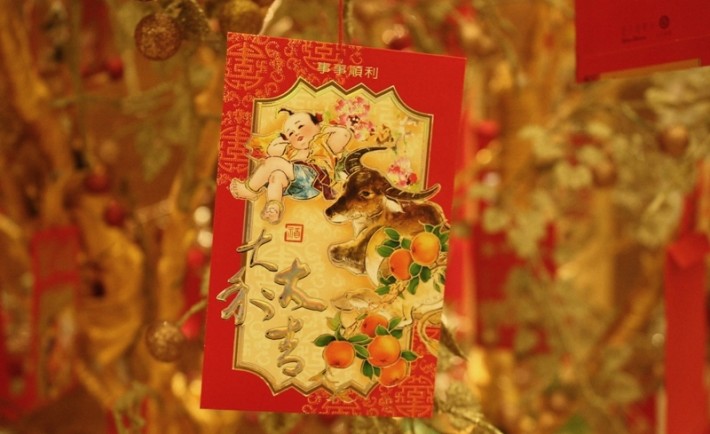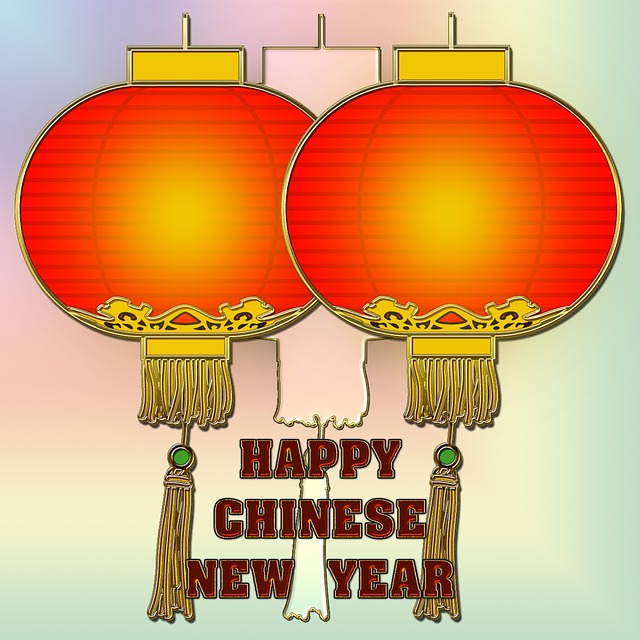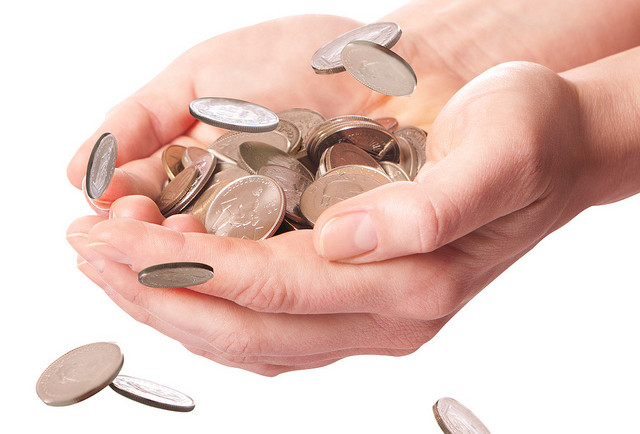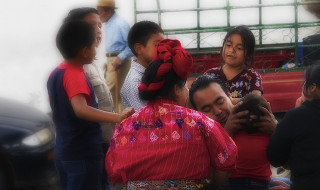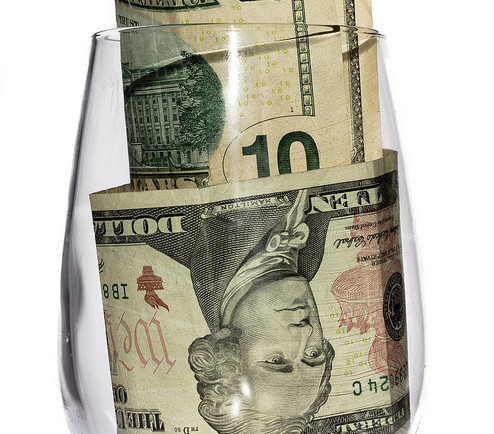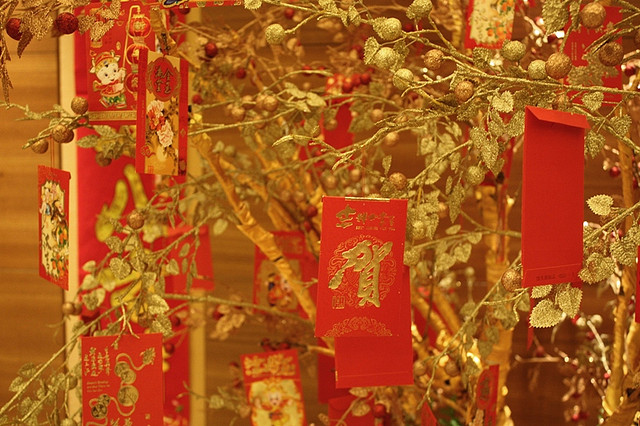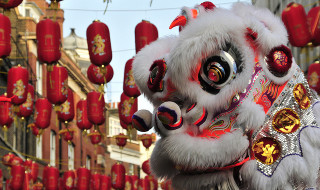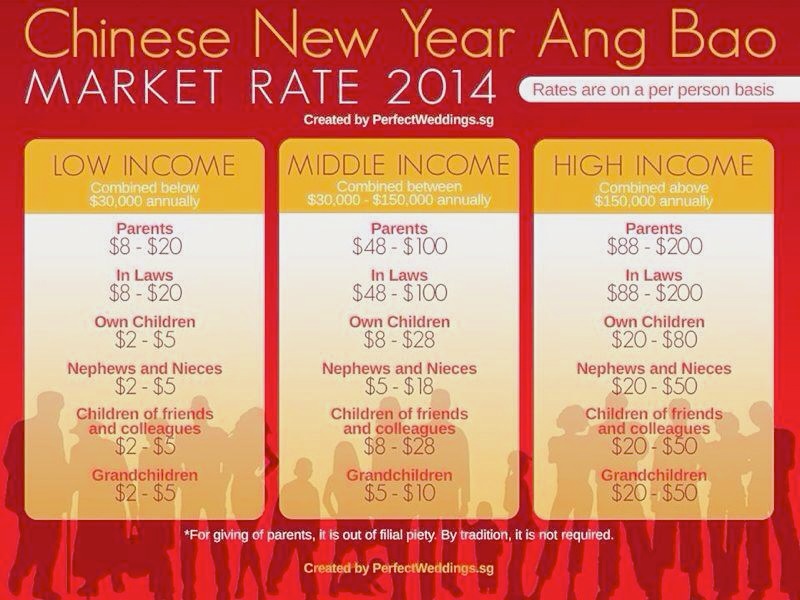Proud of its value for racial harmony, Singapore is a country that fuses people from different nationalities. Each nationality has formed a culture built on their own set of practices, rituals, and beliefs. Said beliefs do not have to be logical all the time as superstitions exist. Some of the superstitions surround heavy issues like money.
If you are interested to learn more about the Asian diversity in financial superstitions, continue reading this article.
IN JAPAN
The eccentric country of Japan is known for many things. One of which is their ability to morph paper figures – the art of Origami. To attract good fortune or wealth, you will need to put an Origami frog inside your wallet. The word “frog” in their language (“kaeru”) is a homonym for the phrase “to return”. Hence, putting an origami frog in your wallet entails the continued circulation of money.
IN CHINA
As the age-old saying goes: “a purse on the floor is money out the door”. Putting your purse or handbag on the floor famously symbolizes your detachment from wealth. On the bright side, keeping your belongings at close proximity lessens the chances of object misplacement or theft.
IN KOREA
Whether you are shaking your nerves away or acting on an automatic response, you must avoid fidgeting your legs in Korea. This common mannerism is frowned upon as it is believed that you are literally shaking off your good luck or wealth.
IN PHILIPPINES
Have you been experiencing an annoying itch in your palm? Do not forget to put this “itchy palm” in your pocket immediately. What may seem like a product of insect bites is deemed to mean incoming wealth. Regardless of the origin of the itch, Filipinos believe that you must expect to receive money in the next couple of days.
IN SINGAPORE
One of Singapore’s superstition roots from the Chinese beliefs about the numbers eight and four. They believe that number eight is fortunate and number four is unfortunate. These meanings were associated based on the Chinese language. You see, these words are homophones for the words “prosperity” and “death” respectively.

Image Credits: pixabay.com
Try negotiating a discount if your apartment or condominium unit ends with number four. Research showed that it will work in your favor!

